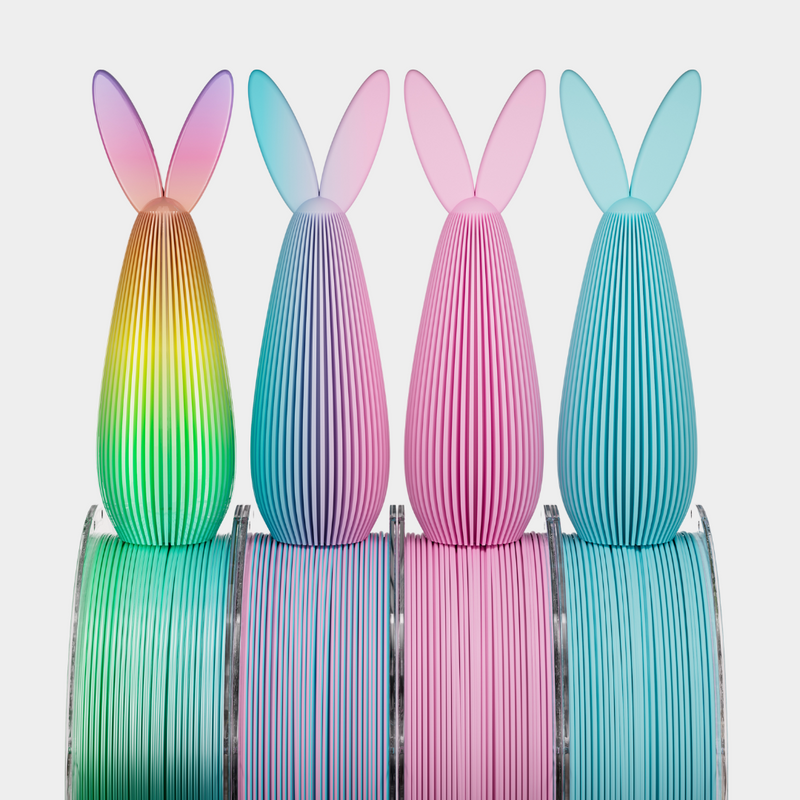Unlocking the Secrets: Which 3D Printer Will Transform Your Creations?
3D printing has revolutionized the way we create and produce objects, making it more accessible and affordable for hobbyists, artists, and professionals alike. As this technology continues to gain traction, potential users often find themselves at a crossroads, trying to decide between two primary types of 3D printers: resin and filament. Each type has its unique qualities, capabilities, and limitations that cater to different needs and preferences. In this article, we will delve into the differences between resin and filament 3D printers, exploring their pros and cons to help you make an informed decision for your next creative project.

Understanding 3D Printing Technologies
At its core, 3D printing, or additive manufacturing, involves creating three-dimensional objects from digital files. The process typically involves layering materials until the desired shape is achieved. Resin printers, often referred to as SLA (Stereolithography) or DLP (Digital Light Processing) printers, utilize liquid resin that is cured by UV light to form solid objects. The precision of resin printers allows for intricate details and smooth finishes, making them popular for applications such as jewelry design and miniatures.
On the other hand, filament printers, commonly known as FDM (Fused Deposition Modeling) printers, work by extruding melted thermoplastic filament through a heated nozzle. This method builds objects layer by layer, allowing for a broader range of materials, including PLA, ABS, and PETG. While filament printers are generally more accessible and user-friendly, they may not achieve the same level of detail as their resin counterparts. Understanding these fundamental differences will help you appreciate the strengths and weaknesses of each technology.
Pros and Cons of Resin 3D Printers
Resin 3D printers offer several advantages that make them appealing to certain users. One of the primary benefits is their ability to produce highly detailed and intricate designs, which is essential for applications like dental products or detailed prototypes. The smooth finish of resin prints often requires minimal post-processing, saving time and effort for users. Additionally, resin printers can create complex geometries that might be challenging for filament printers.
However, there are significant downsides to consider. Resin printers tend to be more expensive, both in terms of initial investment and ongoing material costs. Safety is another concern, as the resins used can be toxic and require careful handling and proper ventilation. Furthermore, post-processing can be labor-intensive, often involving washing prints in alcohol and curing them under UV light to achieve the best results. This combination of factors makes resin printing less user-friendly for beginners.
Pros and Cons of Filament 3D Printers
Filament 3D printers, on the other hand, are often seen as the more approachable option for newcomers to 3D printing. They are generally more affordable, with a lower cost of entry, and offer a wide variety of materials to choose from, allowing users to experiment with different properties and finishes. Filament printers also tend to have quicker print times for larger objects, making them suitable for rapid prototyping.
Despite these advantages, filament printers come with their drawbacks. One of the most notable issues is the lower detail resolution compared to resin printers, which can be a dealbreaker for those looking for precision. Additionally, filament prints are susceptible to warping and other print defects, especially when using certain materials or in varying environmental conditions. This can lead to wasted time and resources if not managed properly, making filament printing a learning experience for many users.
Choosing the Right Printer for Your Needs
When deciding between a resin and filament printer, it’s crucial to consider your specific needs, project requirements, and budget. If your focus is on creating detailed miniatures, jewelry, or prototypes that demand high precision, a resin printer may be the best choice for you. However, if you are looking for a versatile printer capable of handling a wide range of materials for functional parts or larger prints, a filament printer might be more suitable.
It’s also essential to think about your experience level with 3D printing. Beginners might appreciate the user-friendliness and lower cost of filament printers, while more experienced users may be drawn to the detail and capabilities of resin printers. Additionally, consider the space and safety requirements of each type, as resin printing often demands a more controlled environment. By weighing these factors, you can make a more informed decision that aligns with your creative goals.
Summarizing Your 3D Printing Choices
In summary, both resin and filament 3D printers offer unique advantages and disadvantages that cater to different user needs and project specifications. While resin printers excel in producing intricate and detailed designs, they also come with higher costs and safety concerns. Conversely, filament printers provide a more affordable and versatile option, albeit with limitations in detail and potential print quality issues. Ultimately, the best choice depends on your individual needs, project goals, and willingness to navigate the challenges associated with each printing technology. By understanding the fundamental differences between resin and filament 3D printers, you can choose the right tool to transform your creative visions into reality.








